Expansion in Consumer Goods Sector
The consumer goods sector is increasingly adopting neoprene foam for various applications, including packaging, insulation, and protective cases. The material's versatility and resilience make it an attractive choice for manufacturers aiming to enhance product quality and consumer satisfaction. The Global Neoprene Foam Industry is likely to see a significant uptick in demand as brands prioritize sustainable and durable materials in their offerings. Recent data indicates that the consumer goods segment is expected to grow at a rate of approximately 4% annually, driven by rising consumer expectations for quality and performance. This trend highlights the material's adaptability across diverse product categories, from electronics to household items.
Rising Demand in Automotive Sector
The automotive sector is experiencing a notable increase in the demand for neoprene foam, primarily due to its excellent insulation properties and durability. Neoprene foam is utilized in various automotive applications, including seals, gaskets, and soundproofing materials. As the automotive industry continues to evolve, with a focus on electric vehicles and enhanced comfort features, The Global Neoprene Foam Industry is likely to benefit significantly. Reports indicate that the automotive segment accounts for a substantial share of the neoprene foam market, with projections suggesting a growth rate of approximately 5% annually. This trend underscores the material's importance in meeting the stringent requirements for noise reduction and thermal insulation in modern vehicles.
Growth in Sports and Fitness Equipment
The sports and fitness equipment sector is witnessing a surge in the utilization of neoprene foam, attributed to its lightweight and flexible characteristics. Neoprene foam is commonly used in products such as yoga mats, weights, and protective gear, enhancing user experience through comfort and safety. The Global Neoprene Foam Industry is poised for growth as health consciousness rises globally, leading to increased participation in fitness activities. Market analysis suggests that the demand for neoprene foam in this sector could grow by over 6% in the coming years, driven by innovations in product design and the introduction of new fitness trends. This growth reflects a broader shift towards materials that offer both performance and durability in sports applications.
Technological Innovations in Manufacturing
Technological advancements in the manufacturing processes of neoprene foam are contributing to the growth of the market. Innovations such as improved production techniques and enhanced formulations are enabling manufacturers to produce higher quality foam with better performance characteristics. The Global Neoprene Foam Industry is benefiting from these advancements, as they allow for greater customization and efficiency in production. Reports suggest that the introduction of automated manufacturing processes could reduce production costs by up to 15%, thereby increasing competitiveness in the market. This technological evolution not only enhances product quality but also supports sustainability initiatives by minimizing waste and energy consumption during production.
Increasing Awareness of Environmental Sustainability
There is a growing awareness regarding environmental sustainability, which is influencing the neoprene foam market. Manufacturers are increasingly focusing on eco-friendly practices and materials, leading to the development of sustainable neoprene foam alternatives. The Global Neoprene Foam Industry is likely to experience a shift as consumers and businesses alike prioritize environmentally responsible products. Market trends indicate that the demand for sustainable neoprene foam could rise by approximately 7% in the next few years, driven by regulatory pressures and consumer preferences for greener options. This shift not only aligns with global sustainability goals but also presents opportunities for innovation in product development and marketing strategies.
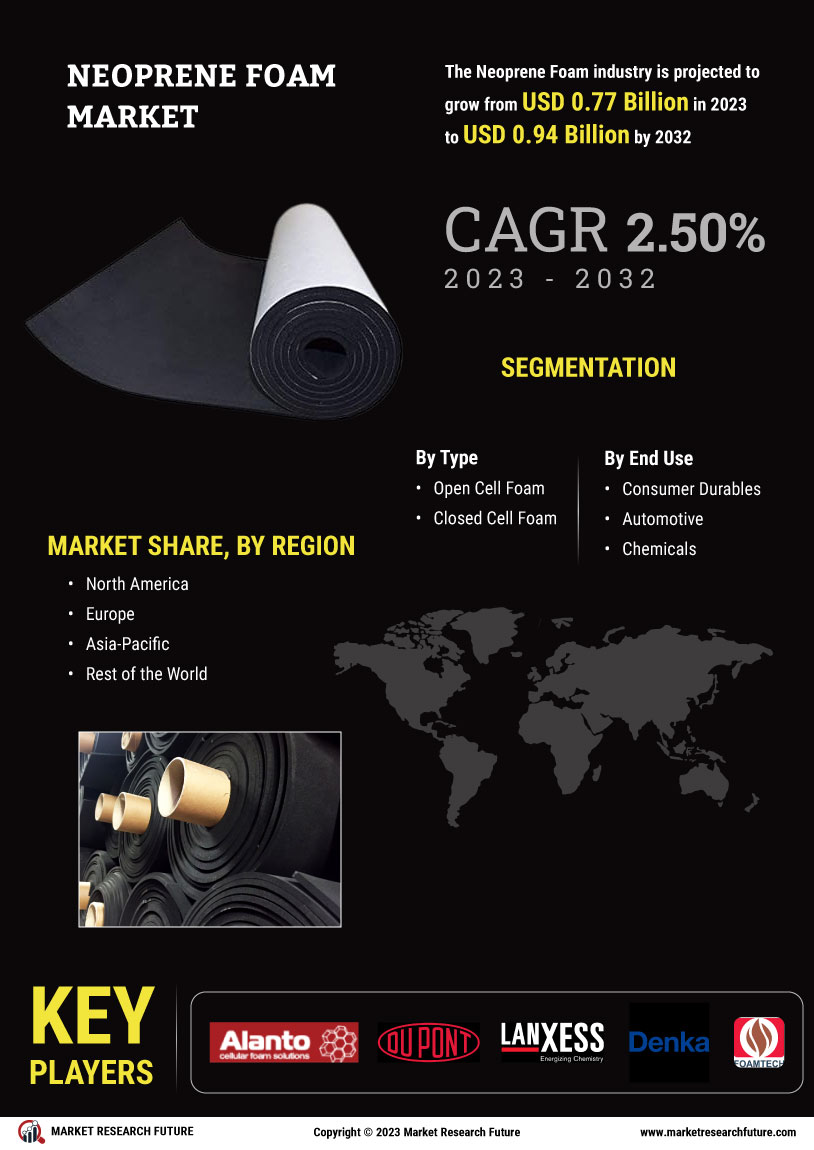

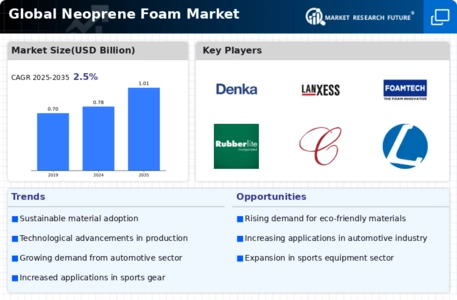
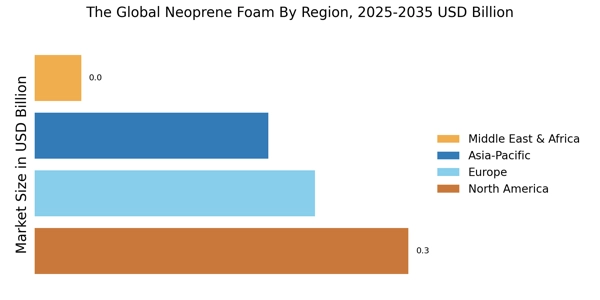


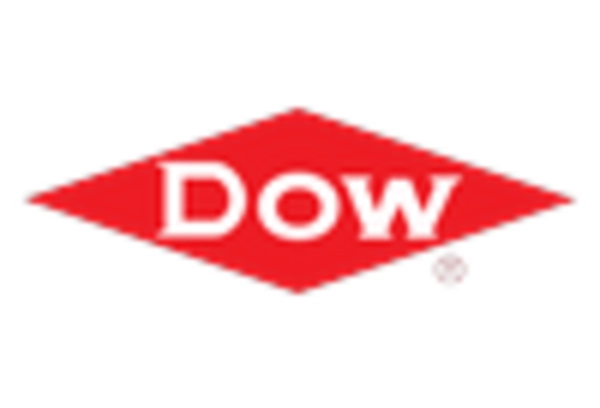

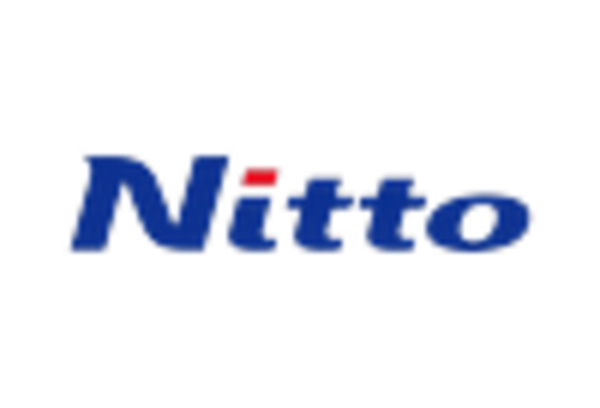
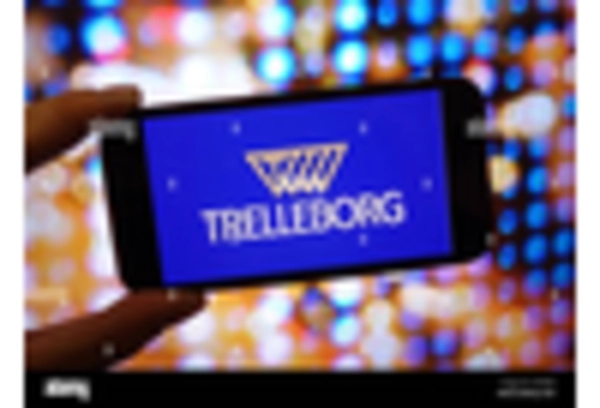








Leave a Comment